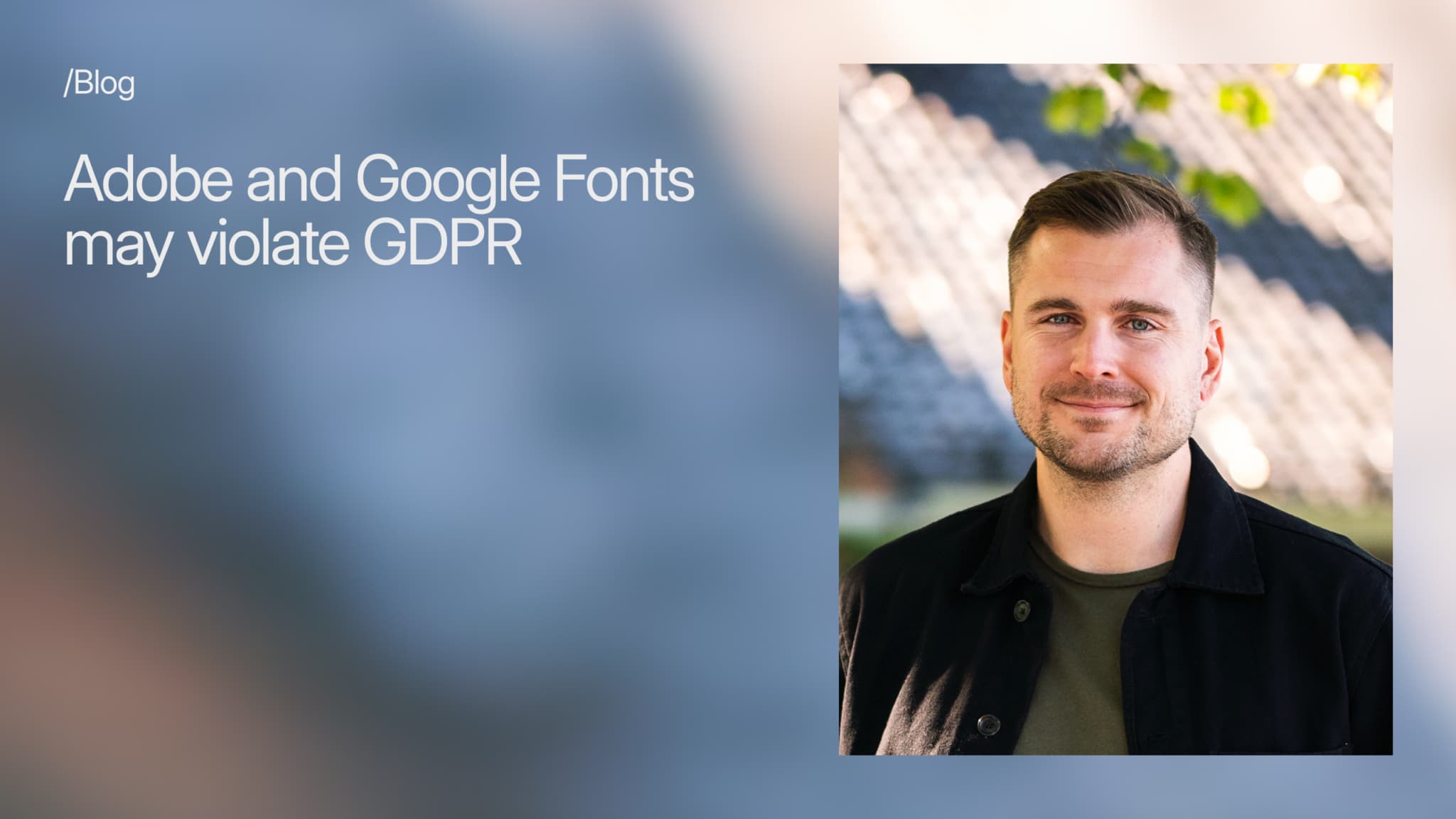How to write better website copy

Published:
Information on your website is communicated primarily through either text, images, videos or other media elements. Ensuring that your users consume and understand your content is a top priority, regardless if your goal is to present your company, increase sales, generate leads, or enhance brand awareness. In this article we look at 7 different ways you can improve your website's text.

White space
White space, or negative space, refers to the empty areas surrounding content and elements on your webpage. By using the right amount of white space, you can improve readability and make it easier for users to navigate.
When there's enough breathing room around your content, users can quickly skim through the page and locate the information they need.
Bulleted lists
Breaking down information into bulleted lists is an excellent way provide quick information that is easy to consume. Whether you're listing features, benefits, or steps, bulleted lists help users quickly scan and consume information.
Tips when using bulleted lists:
- Use it when having three or more items
- A similar line length makes it easier to scan
- Phrase your list items in a similar style
- Do not start each item with the same word
Title and headings
Users often visit a webpage with specific a specific goal in mind, hoping to get answers to their questions. Clear and descriptive titles, headings, and subheadings guide users to the content they're seeking. Ensure that your headings accurately reflect the content beneath them, making it effortless for users to navigate through your page.
Remember, most users do not read text from start to finish. They scan through the page to identify information they are looking for.
Write as your audience expects
Knowing your audience is key for effective web copy. Tailor your language and tone to match the comprehension level of your target audience.
While plain language is generally recommended, consider the expectations and needs of your specific audience. Some users may require more technical language.
Short paragraphs
Long blocks of text can overwhelm users and deter them from engaging with your content. Break up your paragraphs into shorter chunks to improve readability. Aim to convey one main idea per paragraph and strategically place important information at the beginning or end to ensure it doesn't get lost in the middle.
Highlight important sections and information
Use visual cues such as colors, font weights, or shapes to draw attention to important information on your webpage. Highlighting key sections makes it easier for users to identify important information. Be mindful not to overdo it, you want the highlighting to enhance readability rather than distracting the users.
Make it easy to consume
Writing for the web is different from other types of writing. In studies made by Nielsen Norman Group they found that people read approximately 20-28% of your pages content.
Make it short, break it up, and guide your users to the information they are looking for. Your content needs to be easy to consume.
Conclusion
Improving your web copy doesn't have to be complicated, but it requires a thoughtful process when creating and implementing it. By following these seven guidelines, you can enhance readability, engage your audience, and ensure that what you communicate corresponds to the goal of the page.


